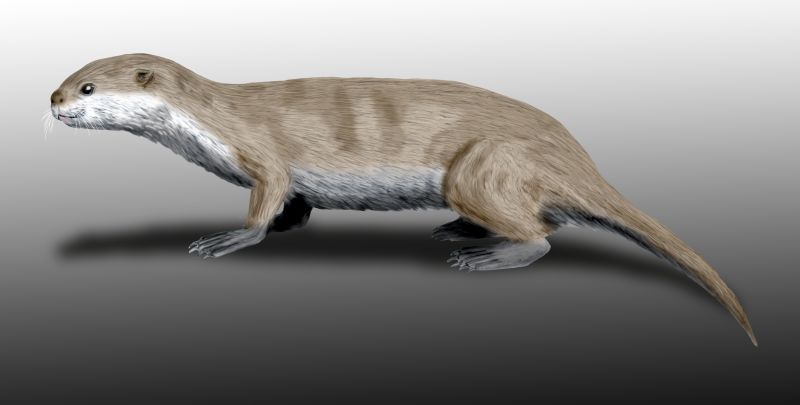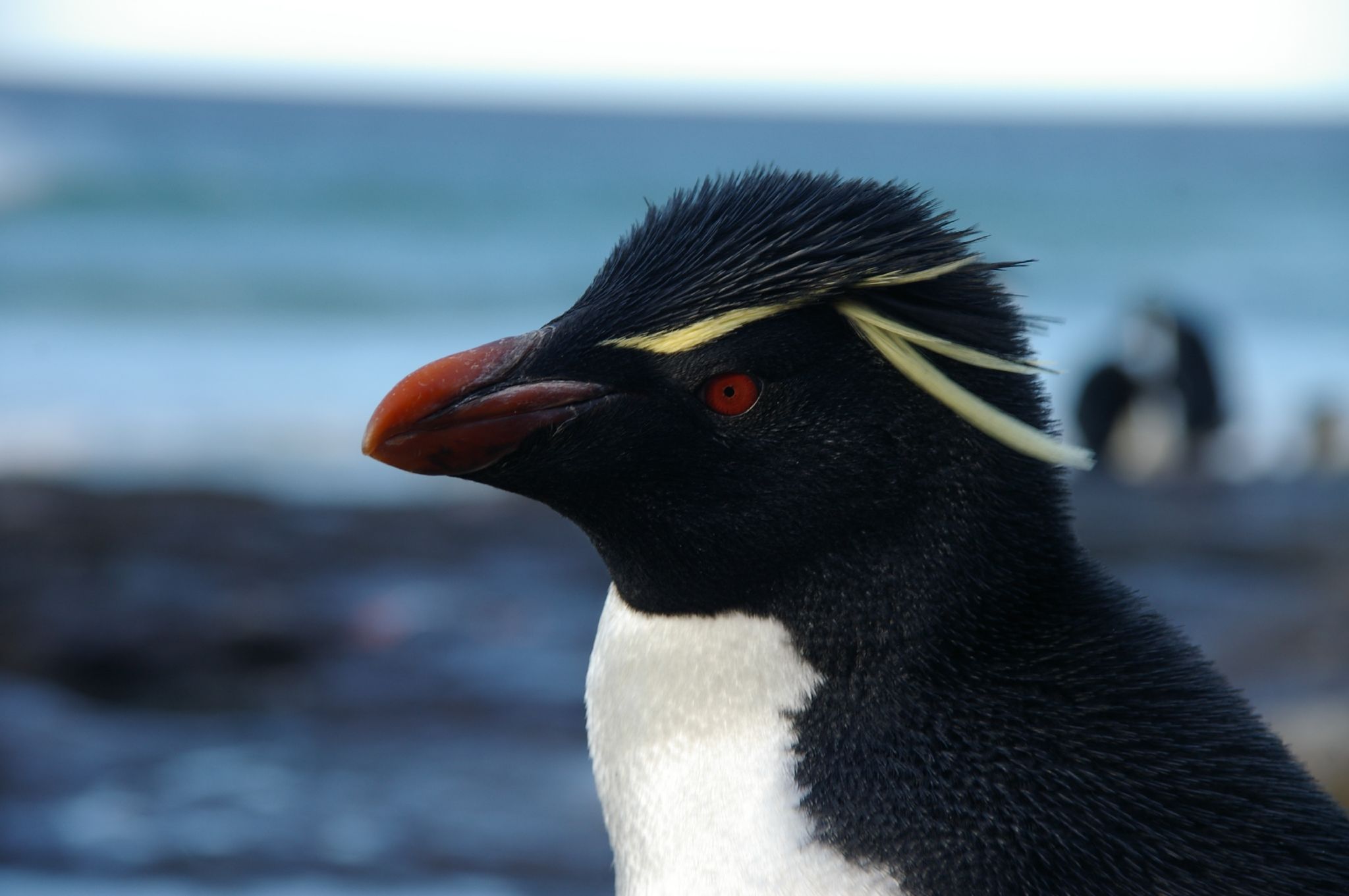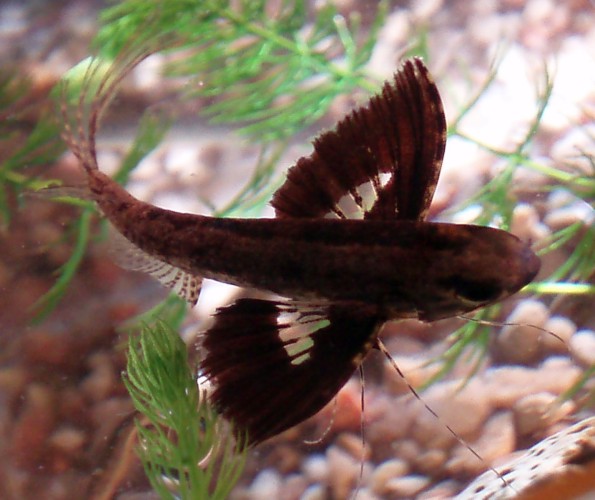|
Aerial Locomotion In Marine Animals
Various marine animals are capable of aerial locomotion, i.e., jumping out of the water and moving through air. Some possible reasons for this behavior are hunting, escaping from predators, and saving energy for swimming or breathing. Some of the jumping behaviors initiate gliding and taxiing in air, while some of them end up falling back to water. Penetrating water surface The speed of motion in air is faster than in water because of drag (physics), drag force. The drag (physics), drag force is proportional to density of the fluid. The animal jumping out of water will feel almost no drag, since the air density is 1,000 times less than water density. Usually animals gain thrust for the jumping as how they lift themselves underwater. Some of them are group behavior. Mechanism Jet propulsion Jet propulsion generates thrust and momentum by shooting out water jets. Flying squid is known for their behavior of leaping out of the water. Ommastrephinae and Todarodinae are two subfamilies ... [...More Info...] [...Related Items...] OR: [Wikipedia] [Google] [Baidu] |
Flying Fish
The Exocoetidae are a family (biology), family of Saltwater fish, marine Actinopterygii, ray-finned fish in the order (biology), order Beloniformes, known colloquially as flying fish or flying cod. About 64 species are grouped in seven genus, genera. While they do not "fly" in the same way a bird does, flying fish can make powerful leaps out of the water where their long wing-like fins enable gliding flight, gliding for considerable distances above the water's surface. The main reason for this behavior is thought to be to escape from underwater predators, which include swordfish, mackerel, tuna, and marlin, among others, though their periods of flight expose them to attack by avian predators such as frigate birds. Barbados is known as "the land of the flying fish" and the fish is one of the national symbols of the country. The Exocet missile is named after them, as variants are launched from underwater, and take a low trajectory, skimming the surface, before striking their target ... [...More Info...] [...Related Items...] OR: [Wikipedia] [Google] [Baidu] |
Great White Shark
The great white shark (''Carcharodon carcharias''), also known as the white shark, white pointer, or simply great white, is a species of large Lamniformes, mackerel shark which can be found in the coastal surface waters of all the major oceans. It is the only known surviving species of its genus ''Carcharodon''. The great white shark is notable for its size, with the largest preserved female specimen measuring in length and around in weight at maturity. However, most are smaller; males measure , and females measure on average. According to a 2014 study, the lifespan of great white sharks is estimated to be as long as 70 years or more, well above previous estimates, making it one of the longest lived Chondrichthyes, cartilaginous fishes currently known. According to the same study, male great white sharks take 26 years to reach sexual maturity, while the females take 33 years to be ready to produce offspring. Great white sharks can swim at speeds of 25 km/h (16 mph ... [...More Info...] [...Related Items...] OR: [Wikipedia] [Google] [Baidu] |
Mobula
''Mobula'' is a genus of Batoidea, rays in the family Mobulidae that is found worldwide in tropical and warm, temperate seas. Some authorities consider this to be a subfamily of the Myliobatidae (eagle rays). Their appearance is similar to that of manta rays, which are in the same family, and based on Genetics, genetic and Morphology (biology), morphological evidence, the mantas belong in ''Mobula'' (they are traditionally in their own genus ''Manta''). Species of this genus are often collectively referred to as "devil rays", "flying mobula", or simply "flying rays", due to their propensity for Whale surfacing behaviour, breaching, sometimes in a spectacular manner. These rays gather in groups and leap out of the surface into the air up to around two metres before splashing back into the water. Description Depending on the species, the devil rays can attain widths up to , the largest being second only to the manta rays in size, which can reach . Despite their size, little is ... [...More Info...] [...Related Items...] OR: [Wikipedia] [Google] [Baidu] |
Pinniped
Pinnipeds (pronounced ), commonly known as seals, are a widely range (biology), distributed and diverse clade of carnivorous, fin-footed, semiaquatic, mostly marine mammals. They comprise the extant taxon, extant families Odobenidae (whose only living member is the walrus), Otariidae (the eared seals: sea lions and fur seals), and Phocidae (the earless seals, or true seals), with 34 extant species and more than 50 extinct species described from fossils. While seals were historically thought to have descended from two ancestral lines, molecular phylogenetics, molecular evidence supports them as a monophyletic group (descended from one ancestor). Pinnipeds belong to the suborder Caniformia of the order Carnivora; their closest living relatives are musteloids (Mustelidae, weasels, Procyonidae, raccoons, skunks and red pandas), having diverged about 50 million years ago. Seals range in size from the and Baikal seal to the and southern elephant seal. Several species exhibit ... [...More Info...] [...Related Items...] OR: [Wikipedia] [Google] [Baidu] |
Penguin
Penguins are a group of aquatic flightless birds from the family Spheniscidae () of the order Sphenisciformes (). They live almost exclusively in the Southern Hemisphere. Only one species, the Galápagos penguin, is equatorial, with a small portion of its population extending slightly north of the equator (within a quarter degree of latitude). Highly adapted for life in the ocean water, penguins have countershaded dark and white plumage and flippers for swimming. Most penguins feed on krill, fish, squid and other forms of sea life which they catch with their bills and swallow whole while swimming. A penguin has a spiny tongue and powerful jaws to grip slippery prey. They spend about half of their lives on land and the other half in the sea. The largest living species is the emperor penguin (''Aptenodytes forsteri''): on average, adults are about tall and weigh . The smallest penguin species is the little blue penguin (''Eudyptula minor''), also known as the fairy pen ... [...More Info...] [...Related Items...] OR: [Wikipedia] [Google] [Baidu] |
Dolphin
A dolphin is an aquatic mammal in the cetacean clade Odontoceti (toothed whale). Dolphins belong to the families Delphinidae (the oceanic dolphins), Platanistidae (the Indian river dolphins), Iniidae (the New World river dolphins), Pontoporiidae (the brackish dolphins), and possibly extinct Lipotidae (baiji or Chinese river dolphin). There are 40 extant species named as dolphins. Dolphins range in size from the and Maui's dolphin to the and orca. Various species of dolphins exhibit sexual dimorphism where the males are larger than females. They have streamlined bodies and two limbs that are modified into flippers. Though not quite as flexible as Pinniped, seals, they are faster; some dolphins can briefly travel at speeds of or leap about . Dolphins use their conical teeth to capture fast-moving Predation, prey. They have well-developed hearing which is adapted for both air and water; it is so well developed that some can survive even if they are blind. Some species are w ... [...More Info...] [...Related Items...] OR: [Wikipedia] [Google] [Baidu] |
Freshwater Hatchetfish
The freshwater hatchetfish are a family, Gasteropelecidae, of ray-finned fish from South and Central America. The common hatchetfish is the most popular member among fish keeping hobbyists. The family includes three genera: '' Carnegiella'' (four species), '' Gasteropelecus'' (three species), and '' Thoracocharax'' (two species). Distribution and habitat Freshwater hatchetfish originate from Panama and South America (though they are absent from Chile). They tend to be an upper-level fish, often swimming directly below the surface of the water, biding their time patiently. Size When fully grown, freshwater hatchetfish typically range in size from . One exception is the giant hatchetfish ('' Thoracocharax securis''), which can grow up to . The smallest species are the pygmy hatchetfish ('' Carnegiella myersi''), which only grows to about , and the dwarf hatchetfish ('' Carnegiella schereri''), which grows to about . Flight The most obvious trait of the freshwater hatchetfish is ... [...More Info...] [...Related Items...] OR: [Wikipedia] [Google] [Baidu] |
Freshwater Butterflyfish
The freshwater butterflyfish or African butterflyfish (''Pantodon buchholzi'') is a species of osteoglossiform fish native to freshwater habitats in the Niger and Congo basins of western and central Africa. It is the only extant species in the family Pantodontidae. It is not closely related to saltwater butterflyfishes. Evolution The freshwater butterflyfish is the last surviving member of a family that was diverse during the Late Cretaceous period, with many pantodontid genera known from the Cenomanian-aged Sannine Formation of Lebanon. These early pantodontids inhabited a marine environment off the coast of northern Africa and are the earliest known marine osteoglossomorphs, suggesting that the ancestors of ''Pantodon'' colonized freshwater habitats independently of other osteoglossiforms. These Cretaceous marine pantodontids appear to vary in their relation to the extant genus; of them, the closest relative and sister genus to ''Pantodon'' appears to be '' Palaeopanto ... [...More Info...] [...Related Items...] OR: [Wikipedia] [Google] [Baidu] |
Mauthner Cell
The Mauthner cells are a pair of big and easily identifiable neurons (one for each half of the body) located in the rhombomere 4 of the hindbrain in fish and amphibians that are responsible for a very fast escape reflex (in the majority of animals – a so-called C-start response). The cells are also notable for their unusual use of both chemical and electrical synapses. Evolutionary history Mauthner cells first appear in lampreys (being absent in hagfish and lancelets), and are present in virtually all teleost fish, as well as in amphibians (including postmetamorphic frogs and toads). Some fish, such as lumpsuckers, seem to have lost the Mauthner cells however. Role in behavior The C-start A C-start is a type of a very quick startle or escape reflex that is employed by fish and amphibians (including larval frogs and toads). There are two sequential stages in the C-start: first, the head rotates about the center of mass towards the direction of future escape, and the body ... [...More Info...] [...Related Items...] OR: [Wikipedia] [Google] [Baidu] |
Chinook Salmon Moving Upstream
Chinook may refer to: Chinook peoples The name derives from a settlement of Indigenous people in Oregon and Washington State. * Chinookan peoples, several groups of Indigenous people of the Pacific Northwest ** Chinook Indian Nation, an organization representing the western tribes of Chinookan peoples * Chinookan languages, small family of languages spoken in Oregon and Washington along the Columbia River by Chinook peoples ** Chinook Jargon, a language originating as a pidgin trade language in the Pacific Northwest ** Lower Chinook, a Chinookan language spoken at the mouth of the Columbia River ** Upper Chinook language, a recently extinct language of the US Pacific Northwest Places * Chinook, a Martian crater at 22.7°N 55.5°W * Chinook (provincial electoral district), a provincial electoral district in Alberta * Chinook, Alberta, a hamlet in Canada * Peregrino (previously Chinook), an oil field located offshore of Brazil, east of Rio de Janeiro United States * Chinook, Mon ... [...More Info...] [...Related Items...] OR: [Wikipedia] [Google] [Baidu] |
Dermogenys Sumatrana 02
''Dermogenys'' is a genus of viviparous halfbeaks. They are widely distributed in fresh and brackish water in South and Southeast Asia, ranging from India to the Philippines and Greater Sundas. They are all viviparous, producing small clutches of up to 30 fry that closely resemble the adults, except they are much smaller, around in length. Adults are typically around in length, with females being slightly larger than males. Males tend to be more brightly coloured and are well known for being aggressive towards one another. The wrestling halfbeak, ''D. pusilla'', is widely used in Asia as fighting animals upon which wagers are placed (see Siamese fighting fish). Both sexes have lower jaws (mandibles) that are much longer than the upper ones, and from this comes the "halfbeak" name. ''Dermogenys'' feed extensively on small insects, either in the form of aquatic larvae or as flying insects that have fallen onto the surface of the water. They are important predators on insects such ... [...More Info...] [...Related Items...] OR: [Wikipedia] [Google] [Baidu] |






